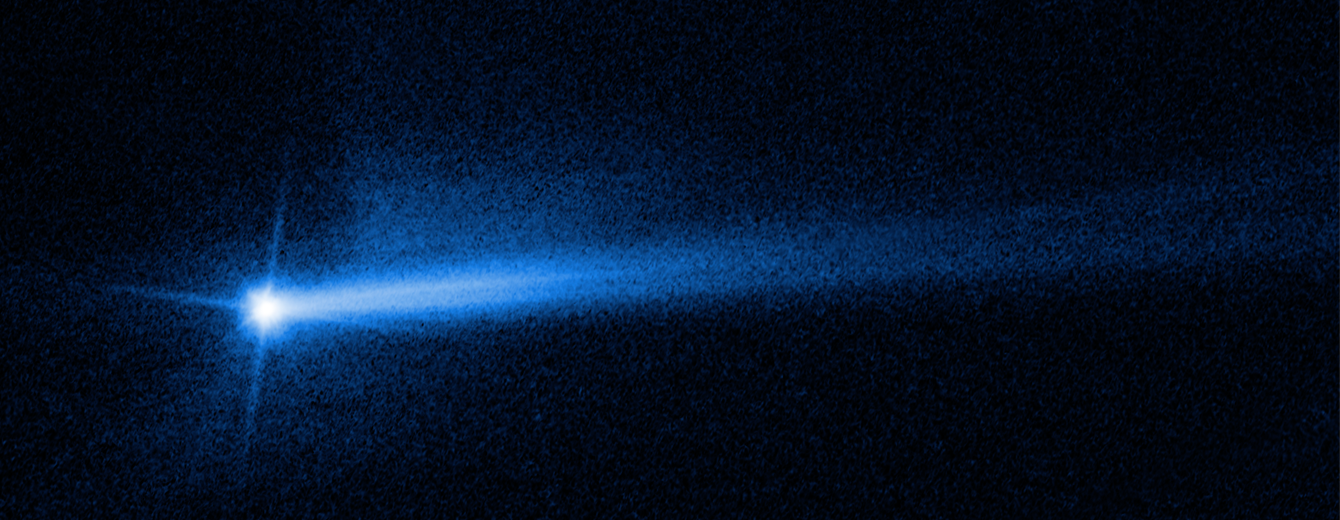MILE HIGH TSUNAMI THE DAY THE DINOSAURS DIED & DART LATEST
Hey Space Placers!
66 million years ago an asteroid about 9 miles across hit the waters in the Gulf of Mexico and unleashed hell on Earth that killed off the dinosaurs.
Planetary defense using telescopes and spacecraft to detect killer asteroids and comets followed by launching of an impactor like NASA recently did with its DART mission, should prevent an impact like this from happening again.
Here is the latest photograph from Hubble Space Telescope showing the debris tail from that DART mission impact.

About This Image
Two tails of dust ejected from the Didymos-Dimorphos asteroid system are seen in new images from NASA’s Hubble Space Telescope, documenting the lingering aftermath of the NASA’s Double Asteroid Redirection Test (DART) impact.
The DART spacecraft impacted Dimorphos, a small moonlet of Didymos, on Sept. 26 in a planetary defense test to change Dimorphos’ orbit by crashing into it.
Repeated observations from Hubble over the last several weeks have allowed scientists to present a more complete picture of how the system’s debris cloud has evolved over time. The observations show that the ejected material, or “ejecta,” has expanded and faded in brightness as time went on after impact, largely as expected. The twin tail is an unexpected development, although similar behavior is commonly seen in comets and active asteroids. The Hubble observations provide the best-quality image of the double-tail to date.
Following impact, Hubble made 18 observations of the system. Imagery indicates the second tail formed between Oct. 2 and Oct. 8.
In this image, DART impacted the Didymos-Dimorphos system from the 10 o’clock direction.
The relationship between the comet-like tail and other ejecta features seen at various times in images from Hubble and other telescopes is still unclear, and is something the Investigation Team is currently working to understand.
Sky Guy in VA

Comments
Post a Comment